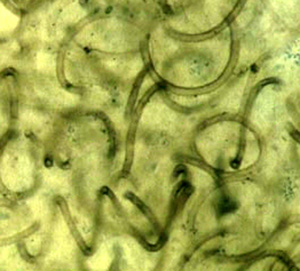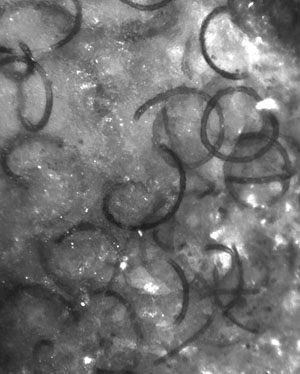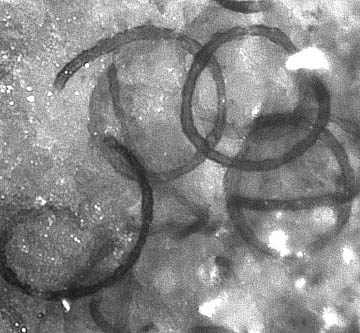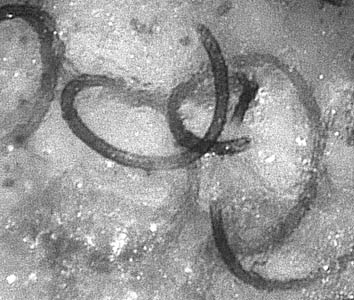

| deutsche Version |




| Sample | Tube diameter [Ám] | Thread diameter [Ám] |
[1,2] [3] Rh9/86.1,2 (2003) Rh9/86.2 Rh6/73.2 (2003) Rh15/79.1,2 (2014) Rh15/79.3 Rh15/79.3 Rh15/79.4 Rh6/102 (2003) Rh5/3.2A (2001) |
(7)-8-9-(10) ? 10 - 15 6 ~ 15 10 - 14 13 4 7 11 9 ? |
80 - 120 80 - 120 140 - 210 70 ~140 100 - 200 130 30 75 160- 200 90 |
 |
 |
29 |
|
|
|
|